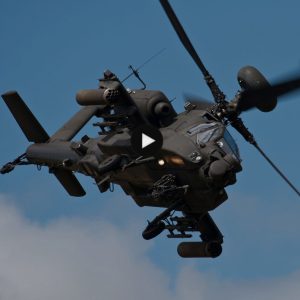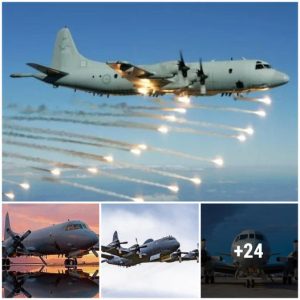The Douglas AD/A-1 Skyraider, known as the ‘Spad’, may not have had the sleek appearance of other contemporary fighters like the Vought F4U Corsair, but it earned a lasting reputation as a reliable and versatile aircraft for the U.S. Navy and Marine Corps. Its exceptional combat capabilities made it a workhorse in various theaters of war.
Development of the AD-1 Skyraider began during World War II, with its maiden flight occurring on March 18, 1945. Despite being developed during the war, it did not enter military service until the following year, meaning it did not see action in WWII.

The Skyraider’s frontline service began during the Korean War in July 1950, where it proved effective against a range of ground targets including bridges and power plants. Notably, on May 1, 1951, eight Skyraiders successfully destroyed the Hwachon Dam using Mark 13 torpedoes. During the conflict, the Skyraider even achieved an aerial kill against a Soviet-made Po-2 biplane. However, the Korean War also saw significant losses of Skyraiders, with 128 aircraft lost, including 101 in combat.

The Skyraider continued its combat legacy in the Vietnam War, where it was among the first aircraft to conduct strikes in North Vietnam following the Tonkin Gulf incident in August 1964. Operating with both the U.S. Navy and South Vietnamese Air Force, the Skyraider played a vital role in various missions.
Although the Skyraider’s primary attack role in Vietnam was eventually taken over by modern jet aircraft like the A-7 Corsair II and A-6 Intruder by 1968, it continued to serve in other capacities such as search-and-rescue missions alongside USAF helicopters and electronic countermeasures roles.

The Vietnam War proved especially challenging for the Skyraider, with significant losses totaling 266 planes and 144 pilots, primarily due to ground fire.
In summary, the Douglas AD/A-1 Skyraider, despite its unconventional appearance, earned respect for its combat capabilities and versatility, serving with distinction in multiple conflicts and leaving a lasting legacy as a dependable workhorse of naval aviation.





